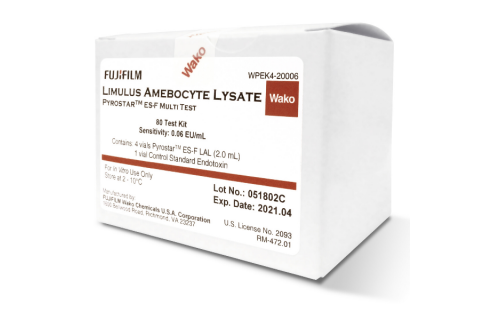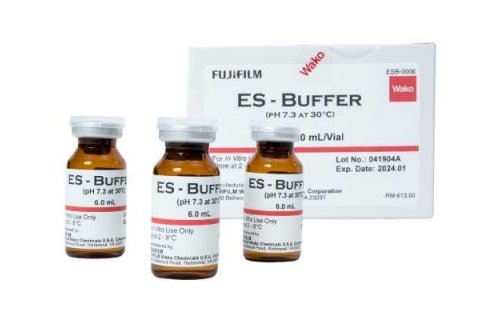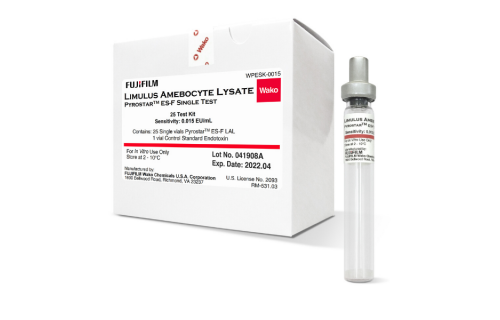LAL in testing of veterinary medicines: How the assay helps our pets
The LAL assay has saved countless human lives through safety testing of pharmaceuticals and medical devices. More recently, the assay has been utilized to protect our pets as well. This article will provide a brief overview of the LAL assay and its recent applications to veterinary medicine.
The LAL (short for Limulus amebocyte lysate) assay is designed to quantify endotoxin levels in a solution. Endotoxin, also referred to as lipopolysaccharide of LPS, is a component of the outer cell wall of Gram-negative bacteria. It is a potent pyrogen and can induce dangerous immune reactions if introduced to the bloodstream even in miniscule amounts. Furthermore, endotoxin is incredibly heat-stable, making it difficult to remove through standard sanitation techniques.
The LAL assay provides the gold standard for quantifying endotoxin. It utilizes a chemical cascade isolated from the blood of horseshoe crabs. The enzymes in this cascade initiate a clotting reaction in response to endotoxin. The degree of clotting can be quantified through various readouts to give a highly sensitive and accurate measurement of endotoxin contamination.
For decades, the LAL assay has been required testing for all human medical products. However, veterinary medicine has largely lagged behind this standard, with veterinary products rarely undergoing any kind of endotoxin quality control testing. This lack of endotoxin testing could potentially place animals at risk of dangerous immune reactions.
A study published in 2018 in the journal Biologicals attempted to rectify this disparity in veterinary product testing. The authors were specifically interested in evaluating endotoxin levels in autogenous vaccines, which are prepared by isolating bacterial or viral cultures from an infected animal and introducing the cultures to other animals, thereby helping them to build mucosal immunity to the infection.
The study authors looked at eight different autogenous vaccines against Gram-negative bacterial infections. After testing them with the LAL assay, they found that all eight vaccines were positive for endotoxin contamination. The endotoxin levels were 50-fold lower than the safe threshold for human vaccines, suggesting that the contamination was likely safe for the animals, but the authors emphasized that the endotoxin limits should be determined empirically for each species.
This study is the first of its kind to apply rigorous LAL testing to veterinary medicine. It represents an important step toward ensuring the safety of our pets and livestock against the effects of endotoxin contamination.






